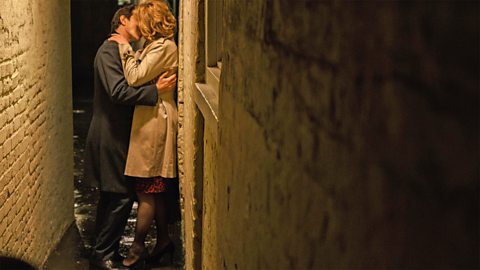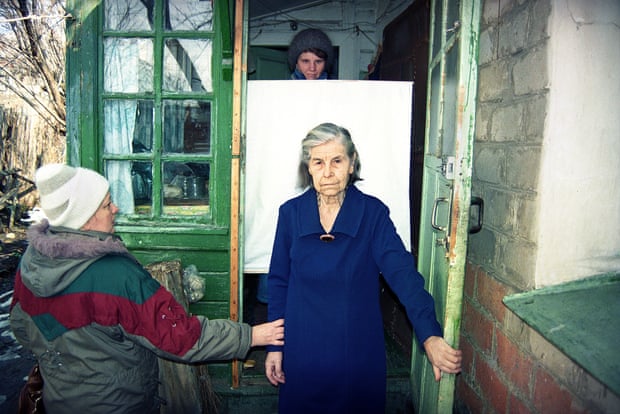APPLE TREE YARD
(TV SERIES - BBC ONE)
Apple Tree Yard is a 2017 television series with a plot that's been described as, 'a provocative thriller which sees an eminent scientist caught up in a damaging and compromising lie', and is based on a book of the same name. In the first episode, the middle-aged female lead begins an affair with a stranger which leads to some risque scenes. Older women aren't often allowed to embrace their sexuality in the same way that younger women might and this is largely due to the messages encoded within the media and advertising that surrounds us. No matter the gender you are, to get older is often synonymous with feelings like running out of time, losing your beauty, or becoming outdated and irrelevant. Casting directors will tend to look for younger actors in these sorts of roles to satisfy an audience that they feel is superficial and ageist, while simultaneously being superficial and ageist themselves for pushing this ideal. Seeing a mature woman, and also a mature man, in these kinds of contexts encourages women of a similar age that sex doesn't have to end after the age of thirty, and that age alone is not a quality that could make someone undesirable.
PASSPORT TO ETERNITY: PHOTOGRAPHING THE FORGOTTEN ELDERLY OF UKRAINE
(ARTICLE - THE GUARDIAN)
After Ukraine left the Soviet Union in the 1990's, it was required for all citizens to procure a new passport for themselves. Everyone needed a new passport photo and local photographers were more than happy to cater for this new demand. The article tells how one of these photographers, Alexandr Chekmenev, accepted the job to take photos for the older and more vulnerable population of the country for very little pay. He explains that, after seeing the terrible living conditions that these people were subject to, he was willing to take pictures for free.
The article and the portrait series that evolved from his pictures paint a story of how terribly the elderly are treated in Ukraine and in other places around the world. Although conditions such as these are rare in this country, we can draw some unsettling similarities. One woman who was photographed lived alone in a two-room house where she had prepared a coffin for herself in one room and a bed in the other. She seemed to believe that the amount of time that she had left was proportionate to her worth, and therefore spent the rest of her days simply waiting to die. We often hear of the elderly people in our country having no family or friends to turn to, so much so that there are charities dedicated to finding companionship for those people. The article has an air of hopelessness about it which is used to both inform and evoke an emotional reaction from the audience. It shows the elderly as a group of people who cannot fend for themselves and need assistance in order to live happily.


